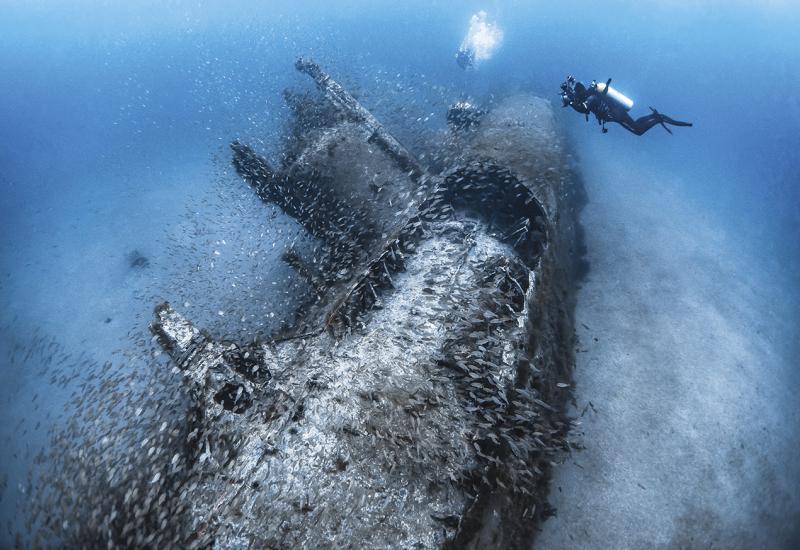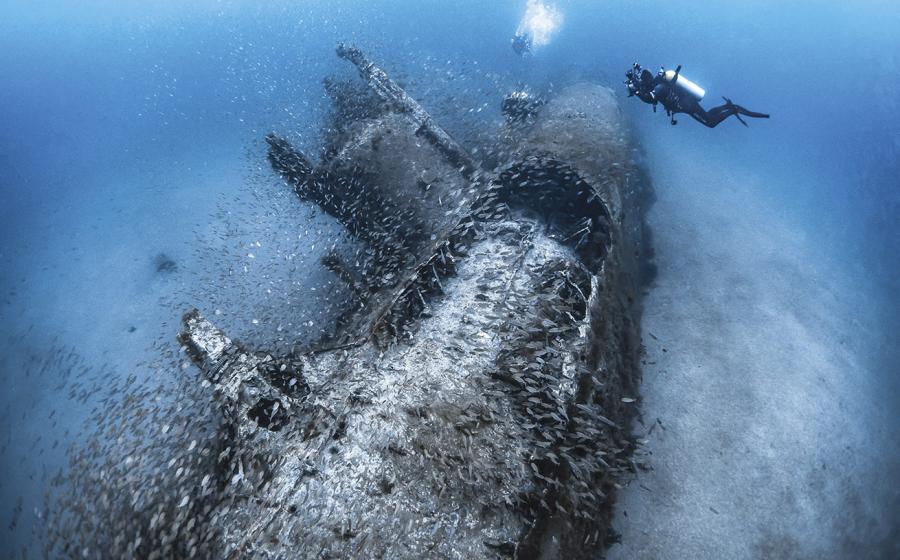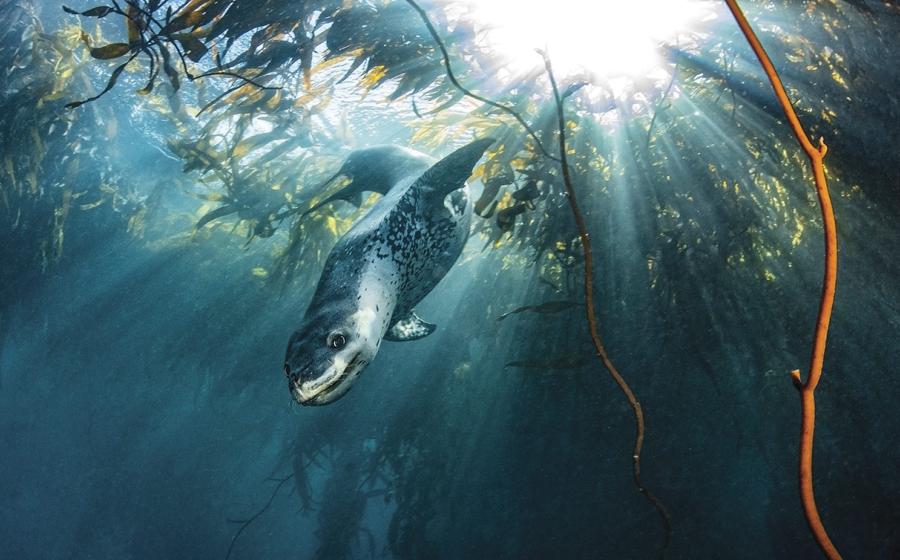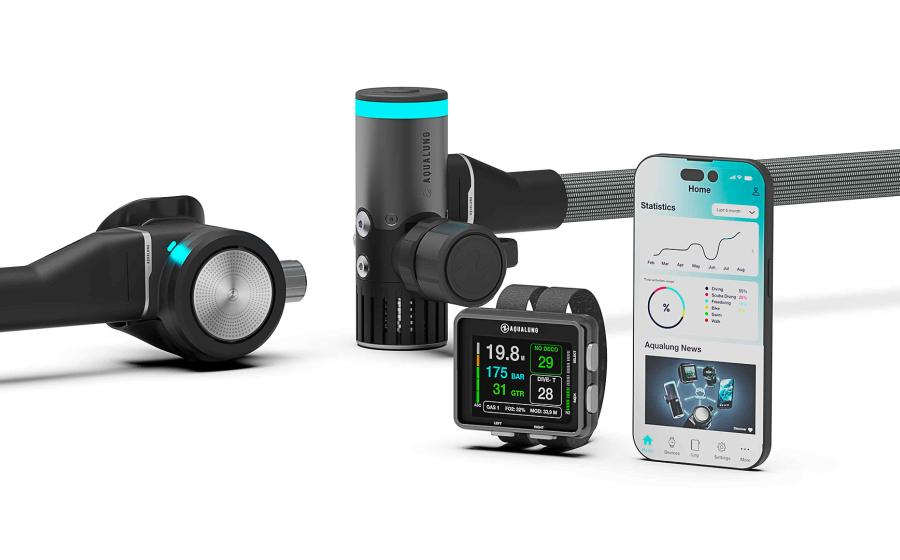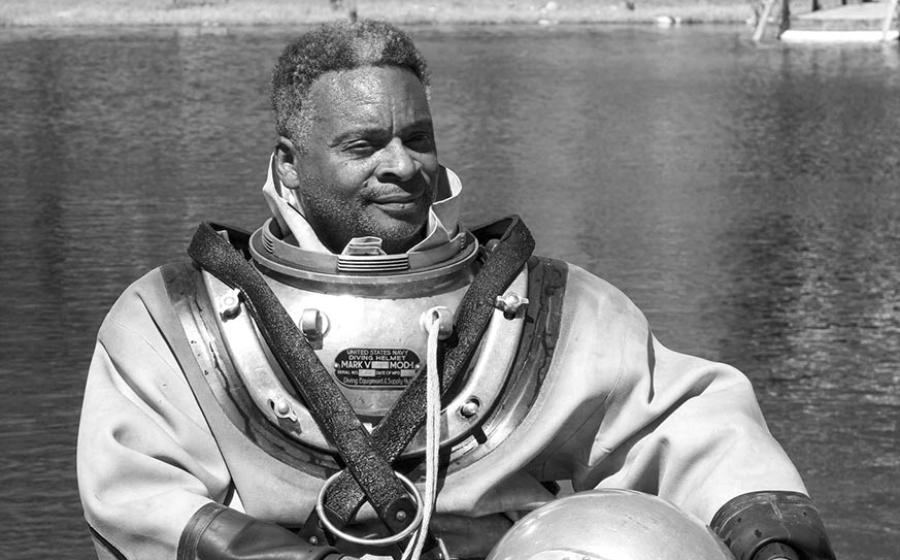What It's Like to Witness an Emergency Underwater
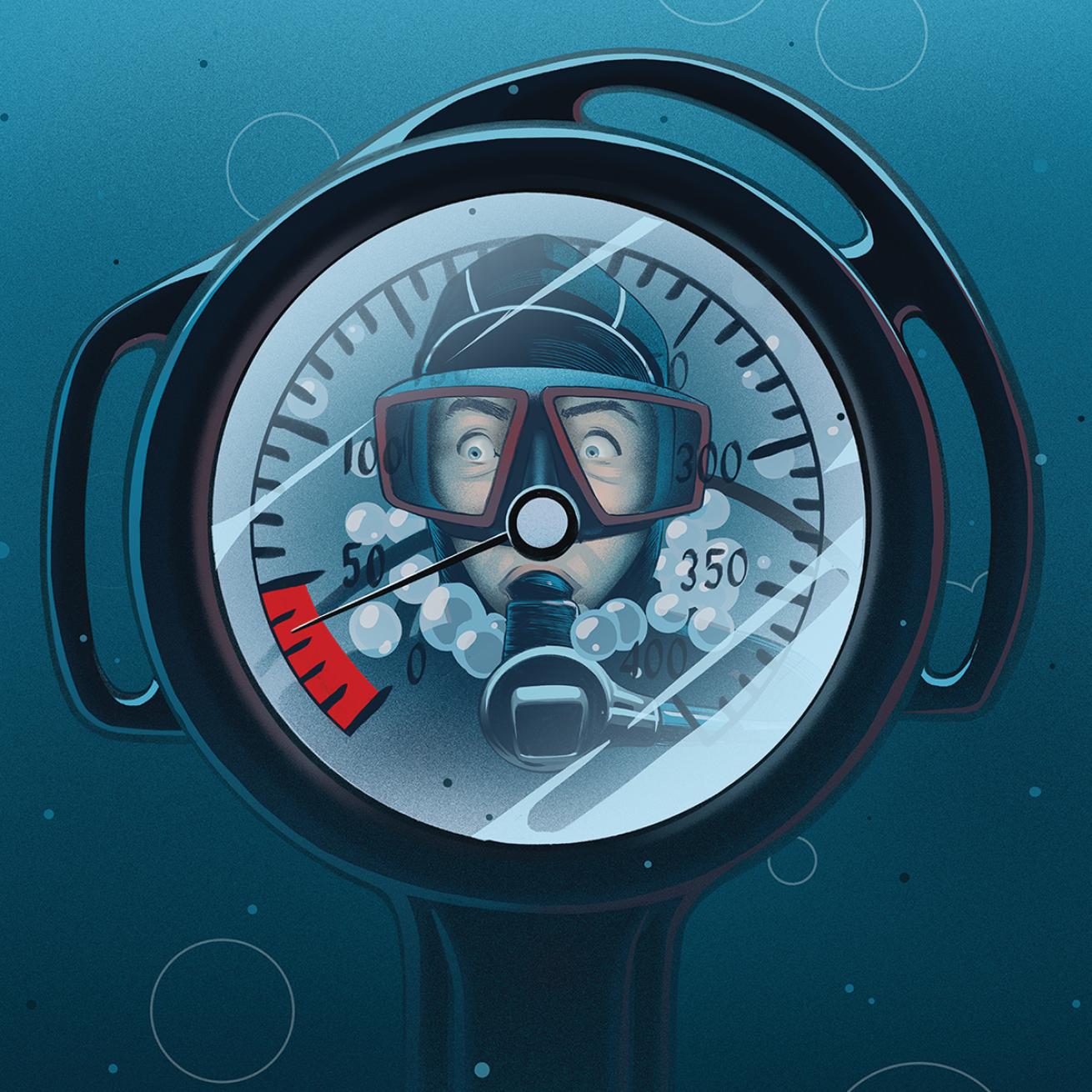
Steven P. HughesA young scuba divers recalls what it's like to witness a scuba diving emergency underwater.
Diving in Hawaii is on the bucket list of many divers. As a teenager, I was excited when my family’s vacation brought us to Maui, and I got the opportunity to dive Bubble Cave, off the south shore near Wailea, as part of my advanced certification. During the dive, I encountered sharks and large turtles — and witnessed a critical situation escalate to an underwater emergency.
My dive group consisted of myself, my father, the divemaster and an experienced diver who joined us that morning. We were briefed prior to the dive with a plan to proceed through the cave to its “bubble,” an air pocket where divers can safely surface inside the cavern.
The descent to the cave, at about 30 to 40 feet, was uneventful. As planned, the divemaster was the first to enter, and I followed; his dive light revealed sharks lurking in the darkness as I swam through. Traversing the cave, I was skimmed by a sea turtle nearly my size that seemed indifferent to my presence.
At the bubble, the air pocket gave our group the opportunity to do an equipment check — and to discover that the diver who had joined us was almost out of air. It was hard for me to imagine that he had consumed his air so quickly, but he was larger than me and his rate of consumption was clearly faster. He did not have enough air to make it back to the boat.
We made a plan to exit the cave. Despite the gravity of the situation, I wasn’t nervous or frightened. The plan followed protocols I learned during certification. The diver had much more experience than me, and he didn’t appear worried.
But almost as soon as we exited, he began to panic. Our critical situation was escalating to an emergency. The divemaster offered his octo, and the two locked arms. The diver was breathing fast, with flailing fins and indecipherable gestures. The divemaster motioned to him to slow his breathing and remain calm. I suddenly realized, if the diver failed to follow instructions, the risk of permanent injury or death was very real. As the sand settled, the two appeared to reach accord and ascended together to the boat.
During my certification, I learned procedures for emergencies. But this experience taught me it's easy to forget proper technique when facing imminent danger. I saw how panic can escalate a critical situation to an emergency, regardless of how experienced the diver. Reviewing how to manage emergencies before every dive is one way to help avoid panic, and something every diver should remember.

